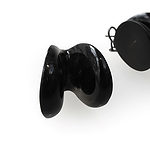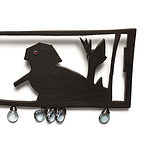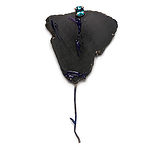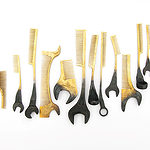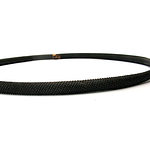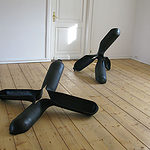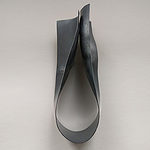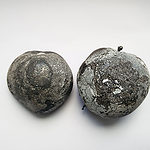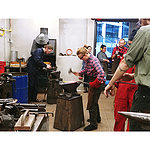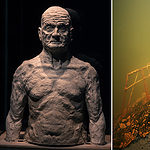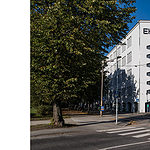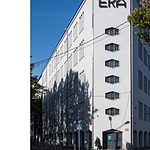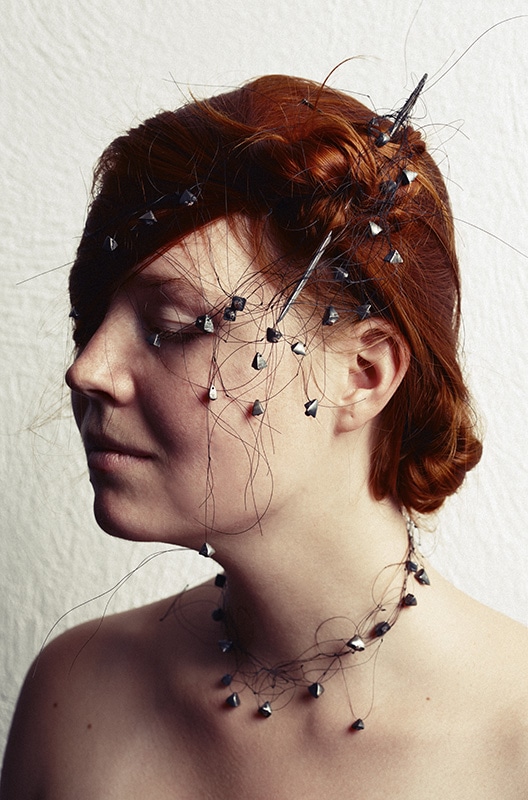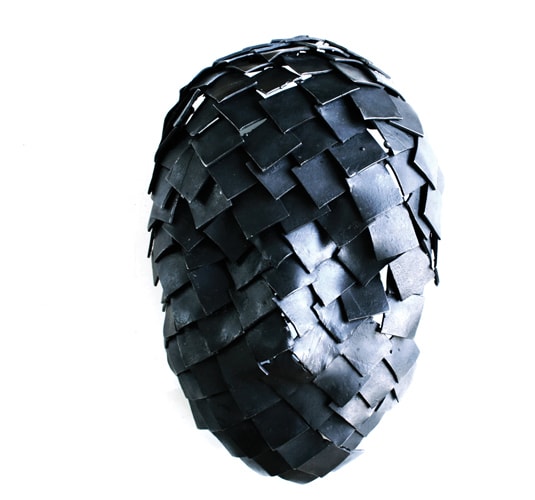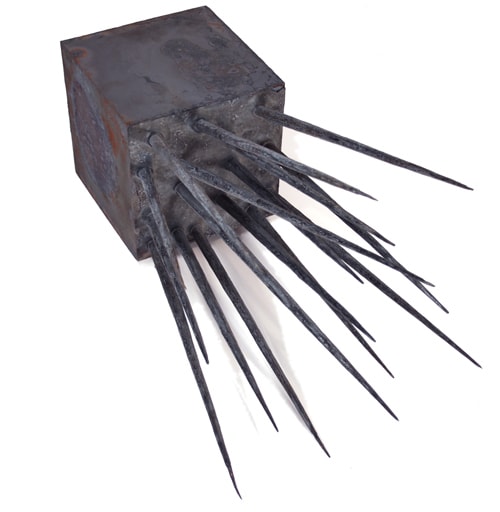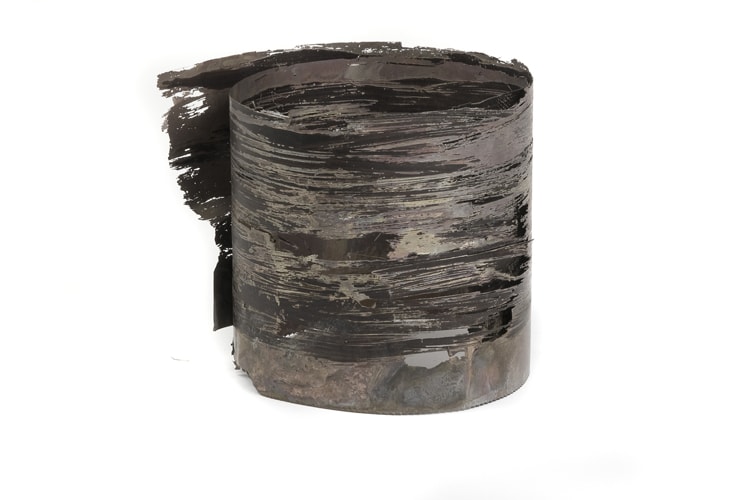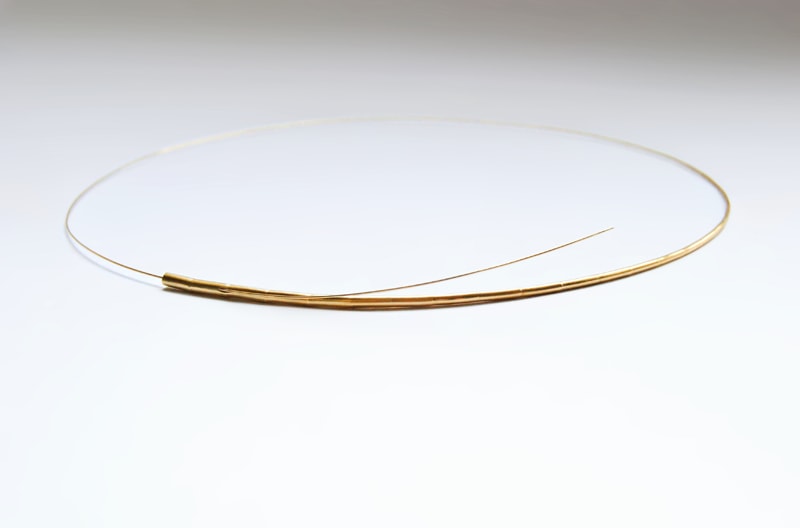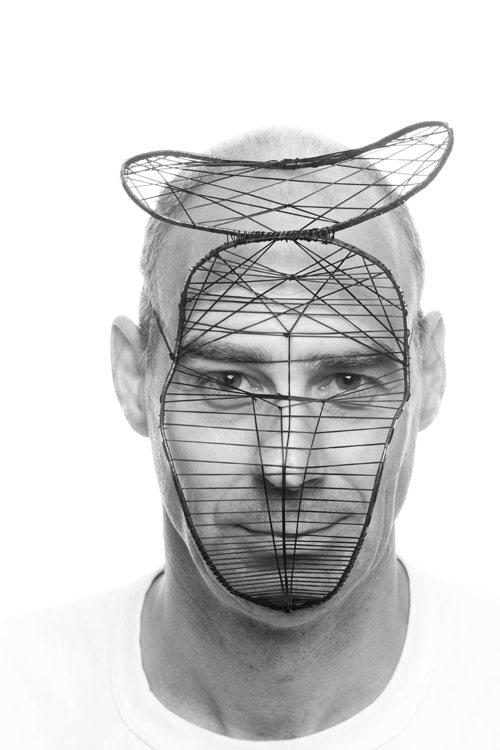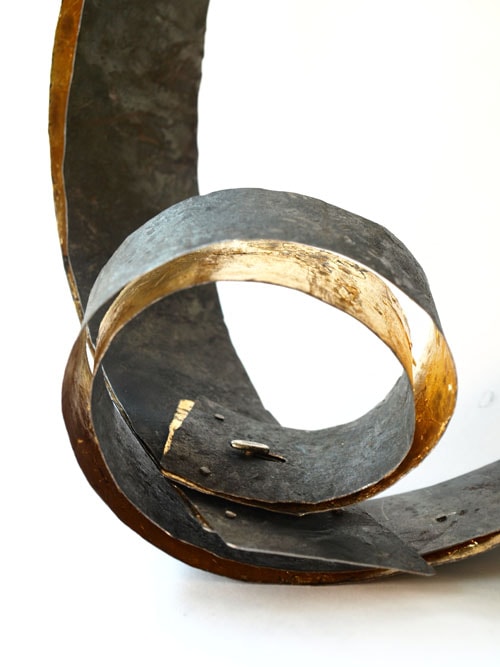The archetypal value of jewellery as a magical item, its symbolist core that in Estonia forms the intellectual cornerstone of education, requires quite intimate qualities. There is, however, no point offering the world something it already possesses in abundance.
–Professor Kadri Mälk
The Estonian Academy of Arts (EAA), founded in 1914, is the only public university in Estonia offering higher education in fine arts, design, architecture, media, visual studies, art culture, cultural heritage, and conservation. Located in the capital city, Tallinn, it is an active study and research institution and the leading national center of innovation in visual culture.
Nearly 1,100 students are currently enrolled at EAA and are taught by 89 professors, associate professors, teachers, and lecturers from Estonia and abroad. Studies take place in small groups of carefully selected students, and the academy prides itself on the low student-to-professor ratio.
Small class sizes enable a more personal, one-on-one approach. EAA offers 50 well-equipped workshops with 38 skilled technicians on hand to assist students. At EAA, students are able to hone their skills, try new mediums, and above all have the freedom to experiment and pursue independent projects.
What you can find here?
- Aesthetic utopia, eternal dimension as a spiritual quality
- Intuition, looking for hidden treasures
- Responsibility, demandingness, devotion
- Respect for material, handicraft ethics
- A warm atmosphere in department; those who have experienced it say it feels like a family circle
Program
The main feature of the curricula is a combination of traditional skills and contemporary thought.
The chairs of jewelry and blacksmithing have a joint bachelor’s curriculum, but within its frames a separate admission of students and an immediate specialization either in the field of jewelry or blacksmithing takes place. In addition to specific specialty-focused study (jewelry project, technology courses, history of design), the curriculum of jewelry and blacksmithing also includes an artist’s project with the aim of evoking creative impulses in students and promoting one’s individuality under the instruction of acknowledged artists. The program also includes general art subjects: drawing, plastic anatomy, painting, sculpture, and humanities. As the department belongs in the Faculty of Design, its students can acquire skills and knowledge related to product design, business and product management. However, in the curriculum of jewelry, the main emphasis is laid on creative projects, on the concentration on the sacral and ritual meaning of jewelry and the aim of the school to contrast with pragmatism.
Practices and master classes serve to deepen professional technological skills. An extracurricular workshop, supervised by an international visiting artist, takes place every semester, plus lectures by visiting teachers.
Internationally acclaimed artists who have taught in our department include Esther Brinkmann, Marilia Maria Mira, Rian de Jong, Christer Jonsson, Bettina Speckner, Charon Kransen, Peter de Wit, Truike Verdegaal, Eija Mustonen, Giovanni Corvaja, Karl Fritch, Cristina Filipe, Robert Baines, Peter Skubic, Manfred Bischoff, Paul Derrez, Ted Noten, Philip Sajet, Ruudt Peters, Benjamin Lignel, Gemma Draper, Mari Ishikawa, Adam Grinovich, Patricia Domingues, Tarja Tuupanen, Claude Schmitz, Jiro Kamata, and many others.
Staff
Kadri Mälk–Professor
Piret Hirv–Head of Jewellery and Blacksmithing Department, Associate Professor
Nils Hint–Associate professor of blacksmithing line
Urmas Lüüs—Teacher of blacksmithing line
Eve Margus-Villems—Assistant to the head of department
Address
Estonian Academy of Arts
Põhja puiestee 7
Tallinn 10412
Estonia
RECENT GRADUATES: If you recently received a degree–BA, BFA, MA, or MFA–from this university, everything you need to know to upload your graduate portfolio can be found at this link.

